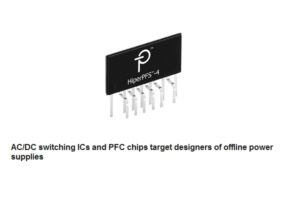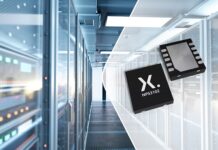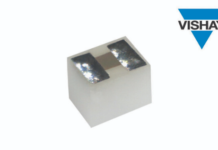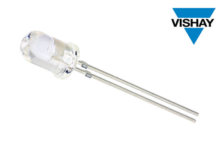
RS Components (RS), the trading brand of Electrocomponents plc (LSE:ECM), the global distributor for engineers, has announced availability of two new ranges of power semiconductors from Power Integrations. Delivering high energy efficiency with integrated protection features, the new offering from RS includes the LinkSwitch™-TN2 family of offline switcher ICs and the HiperPFS -4 family of power factor Correction (PFC) ICs.
The new LinkSwitch-TN2 AC/DC converter devices offer excellent load and line regulation and deliver high flexibility with support for buck, boost and flyback topologies. This makes them ideal for engineers designing non-isolated offline switching power supplies for a range of markets including appliances, metering and smart LED drivers, as well as IoT and home and building automation applications.
LinkSwitch-TN2 ICs offer a selectable device current limit for design flexibility. Family protection features include auto-restart for short-circuit and open loop faults, which limits power delivery to 3% of maximum, in addition to output overvoltage protection (OVP), input overvoltage protection and over-temperature protection (OTP).
The HiperPFS-4 family of PFC controller chips is optimised for a high power factor and high efficiency across various load ranges. Eliminating the need for external current-sense resistors and their associated power loss, the family offers high levels of integration and includes a 600 V-rated MOSFET to deliver a very small PFC stage form factor.
Targeting a wide selection of applications including appliances, high-power adapters and high-power LED lighting, plus consumer and computing devices, key features of the HiperPFS-4 family include: greater than 95% efficiency from 10% to 100% load; less than 60 mW no-load consumption at 230 V AC; a power factor of greater than 0.95, achievable at 20% load; and EN61000-3-2 Class C and D compliance. Protection features include overvoltage, under-voltage lockout, OTP, and cycle-by-cycle current and power limits for overload protection.















